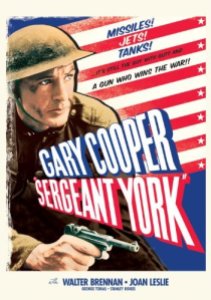 It’s a long-running debate as to whether movies can actually have an influence over people to the point that it gets them to act. Movies inspire people, but do they get people to get out of their chairs and vote, or change the world, or convince them to be a better person?
It’s a long-running debate as to whether movies can actually have an influence over people to the point that it gets them to act. Movies inspire people, but do they get people to get out of their chairs and vote, or change the world, or convince them to be a better person?
Mark Harris’s book “Five Came Back” strongly suggests that “Sergeant York” directly spurned support for America entering World War II (Pearl Harbor might’ve also had something to do with it). He spends the early chapters of his book examining the mix of opinions among Hollywood studio heads regarding isolationism or conflict. Some had Jewish heads who embedded political commentary and calls to action into their films, while others remained staunchly neutral and avoided any content that could be considered as taking a stance, much to the chagrin of some of the more politically inclined directors. In fact the government held hearings and injunctions accusing Hollywood executives of propaganda by ways of their films, sparking a debate about the purpose of entertainment and art in the movie business.
“Sergeant York” was such a massive box office smash, raking in $16 million at the box office in 1941 (adjusted that’s over $400 million domestically, placing at #107 on the all time box office list) that it seemed as though the public attitude toward the war changed overnight. But at the very least, it shook Hollywood from its preconceived notion that war films couldn’t make money. Hollywood developed a voracious appetite for war films following “Sergeant York”, and the film is so shamelessly inspirational and humble in its folk roots that it’s no wonder why it was such a success.
Howard Hawks’s film is set at the onset of World War I breaking out in Europe. The people of a small country farm town in Tennessee are not only unaware of the crisis overseas, but even “‘a feared” of it making its way into their humble community. They start to get defensive around a traveling salesman who brings up the news, but Hawks intends it as a critique against isolationism.
That’s because the people of Hawks’s Tennessee are such old-timey yokels to the point that they are practically incomprehensible at times. I watched “Song of the South” recently, and “Sergeant York’s” sing-songy, thick, in-bred hick dialogue is about the worst I’ve seen. The pastor talks of the birds, the bees, the squirrels and the most hackneyed axiom about a tree’s deep roots, while Mama York speaks to the Lord with the prayer at dinner, “Bless these bittens we dun got.”
The local color is especially grating because it takes a solid 20 minutes before Gary Cooper even shows up. The real Alvin York was probably late ’20s when this movie begins and early ’30s when he enters the war, but Cooper is straight-up 40, still living at home, working with his teenage brother and marrying the young Gracie Williams, played by the then 16-year-old(!) Joan Leslie.
I’ve also never quite liked Cooper as an actor. He’s square, feels old, and is so one-note. Given his other work as the honorable Lou Gehrig or the timid and aging Will Kane in “High Noon“, it makes perfect sense that he’d be the humble country boy Alvin York. And Hawks does all he can to paint York as an upstanding, working American, showing him plowing fields and lifting boulders in front of stupidly gorgeous black and white shots that borrow “Gone With the Wind’s” horizon.
“Sergeant York” is also frustrating because as a war movie it doesn’t get to France until its final half hour. The two halves of the movie are almost entirely different screenplays, the first building York up as a folk hero on par with Daniel Boone, the second building him up as a war hero. That last half hour though is stellar, not unlike how moving and iconic his closing speech is in “The Pride of the Yankees“.
But the first hour plus is a movie about how he’s a rambunctious man with no direction and with “Satan grabbing you by the shirt tails.” The local pastor (Walter Brennan) tells him religion will find him like a bolt of lightning, and then it quite literally does. York is in an angry rage during a storm when lightning knocks him off his horse into the mud. He goes down a hill and finds the church, and he’s a changed man. The film charts his inner need as a character and wraps up that story an hour too soon, but it finds a way to start fresh once he’s drafted for the army.
While other elements of “Sergeant York” are largely dated, this mid-portion may actually play well to a modern, Conservative audience. York files an exemption to drafting in the military based on his religion. It’s a sin to kill, but the law requires everyone to enlist. “What kind of law is it that tells you to go against the Good Book and it’s teachings,” York asks. Later the words “God” and “Country” are literally battling for space in his head, with the words echoing in a voiceover as he sits and ponders while looking out over his home valley (another remarkable Old Hollywood shot). In fact the army officers are instructed to keep an eye on him as a “conscientious objector”, and you could argue he’s genuinely being persecuted for his faith.
But finally an hour and a half in we get one stunning war sequence. It’s rapid cross cutting action, dual perspectives between the Americans and Germans, Hawks quickly disposes of the rousing American march music as soldiers start to get shot and killed, and everything is brightly lit and clear in a way Old Hollywood was best at. York’s claim to fame as a war hero involved him disarming 32 German machine guns, killing 20 German soldiers, and capturing 132 more Germans, including several high ranking officers, virtually single-handedly.
Hawks makes it a sight to be seen, and Cooper turns into a ruthless, kick-ass machine. It’s quite amazing how he transforms in the moment. There’s an early scene where he sets six bullets on a table in a row and asks his fellow soldiers, “If they were a flock of turkeys, which one do you shoot first?” The answer is the one at the end of the line. Shoot the leader, and the others see him drop and scatter. Take off the straggler first, and you can bag the whole flock. So it is with Germans apparently; the scene is absolutely thrilling, if not a little hilarious as well.
Much of “Sergeant York”, including his famous act of heroism during the war, is actually true to life and how the real Alvin York was perceived. Here’s how a journalist in the Saturday Evening Post described York: “the mountaineer, his religious faith and skill with firearms, patriotic, plainspoken and unsophisticated, an uneducated man who “seems to do everything correctly by intuition.” That’s Gary Cooper if it’s anyone, but the film, perhaps not unlike “American Sniper“, another shamelessly patriotic war film with some truly remarkable moments, is only interested in that one-dimension of York, and of the war. At one point Mama York flatly announces she has no clue why the US is fighting overseas as though to write off any serious politics outright, although Hawks may be aiming to capture the actual pulse and attitude of the country at the time. Most interesting though is how this movie came to be made at all, with York finally giving in to requests to adapt his life story because he was in need of money as he had grown older, overweight and diabetic. Still however, York was largely a philanthropic figure, despite how his reputation as an American hero had diminished prior to the movie.
“Sergeant York” won two Oscars, including one for Cooper, and was nominated for 11 in all. So can a movie inspire people? Like York during World War I, did Hawks’s film get America into World War II single-handedly? It’s hard to imagine any other movie with as good of a chance as this one.
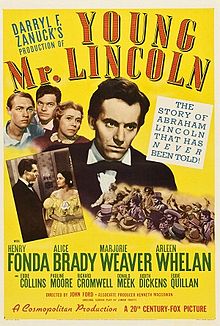 “You’re crazy! I can’t play Lincoln. That’s like playing God, to me.” Henry Fonda said in a 1975 interview that he only played Abraham Lincoln because John Ford (who else) “shamed” him into doing it. “You think it’s The Great Emancipator huh? He’s a young, jack-legged lawyer from Springfield for Christ sake!”
“You’re crazy! I can’t play Lincoln. That’s like playing God, to me.” Henry Fonda said in a 1975 interview that he only played Abraham Lincoln because John Ford (who else) “shamed” him into doing it. “You think it’s The Great Emancipator huh? He’s a young, jack-legged lawyer from Springfield for Christ sake!” Watching “Planet of the Apes” today is like trying to sway a climate change denier or a Creationist: it’s not going anywhere and after a while it gets pretty tiring.
Watching “Planet of the Apes” today is like trying to sway a climate change denier or a Creationist: it’s not going anywhere and after a while it gets pretty tiring.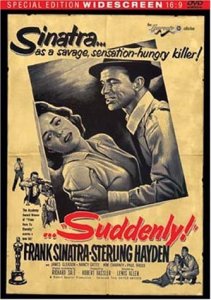 I found myself this Friday caught in a wormhole of reading articles about gun control. The San Bernardino shooting happened an hour from downtown LA where I now live, and it has stirred up a lot of opinions and emotions.
I found myself this Friday caught in a wormhole of reading articles about gun control. The San Bernardino shooting happened an hour from downtown LA where I now live, and it has stirred up a lot of opinions and emotions.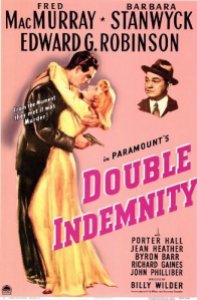 We’ve grown used to the darkness. We’ve come to expect films to not have everything plainly visible and bright on camera, to see shadows and shades of color and light in the way we experience the world naturally. We’ve also come to see our heroes and our stars to make themselves look ugly, to hide in the shadows, to transform themselves, and to help make our viewing experience something other than natural, something disturbing and unusual.
We’ve grown used to the darkness. We’ve come to expect films to not have everything plainly visible and bright on camera, to see shadows and shades of color and light in the way we experience the world naturally. We’ve also come to see our heroes and our stars to make themselves look ugly, to hide in the shadows, to transform themselves, and to help make our viewing experience something other than natural, something disturbing and unusual.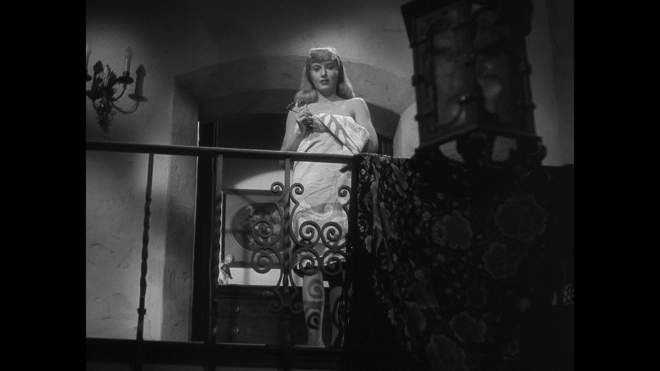
 It’s a long-running debate as to whether movies can actually have an influence over people to the point that it gets them to act. Movies inspire people, but do they get people to get out of their chairs and vote, or change the world, or convince them to be a better person?
It’s a long-running debate as to whether movies can actually have an influence over people to the point that it gets them to act. Movies inspire people, but do they get people to get out of their chairs and vote, or change the world, or convince them to be a better person?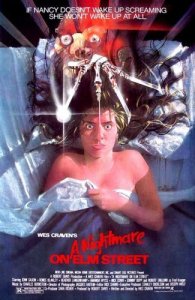
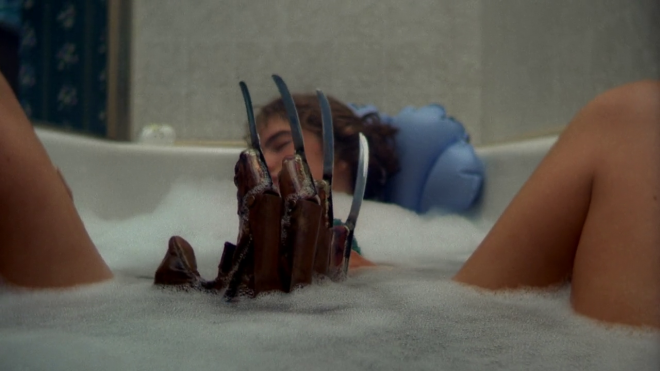
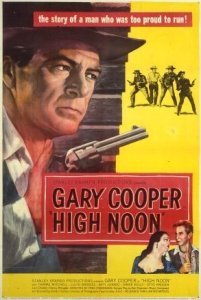 Gary Cooper’s Will Kane wears a black cowboy hat throughout “High Noon”. The fashion choice is by design. He’s a hero, but by the end his victory is hollow. The town’s people he has sworn to protect have all left him for dead, for various reasons, and when he’s finally fulfilled his duty, he retires out of disgust, not achievement. In the film’s final moments Cooper wordlessly casts his “tin star” to the ground and rides off on a cart with his newlywed wife Amy (Grace Kelly in her first role). For a movie about a man who nobly puts loyalty to his job ahead of loyalty to his family, it’s more bitter and callous than inspirational.
Gary Cooper’s Will Kane wears a black cowboy hat throughout “High Noon”. The fashion choice is by design. He’s a hero, but by the end his victory is hollow. The town’s people he has sworn to protect have all left him for dead, for various reasons, and when he’s finally fulfilled his duty, he retires out of disgust, not achievement. In the film’s final moments Cooper wordlessly casts his “tin star” to the ground and rides off on a cart with his newlywed wife Amy (Grace Kelly in her first role). For a movie about a man who nobly puts loyalty to his job ahead of loyalty to his family, it’s more bitter and callous than inspirational.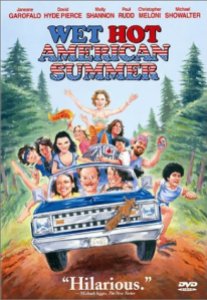
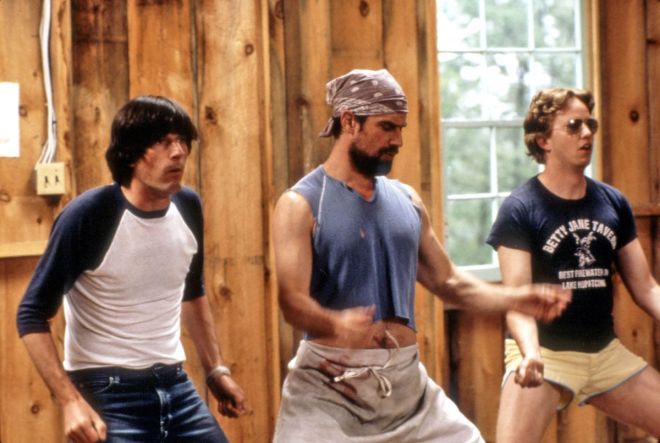

 Boxing movies looked
Boxing movies looked 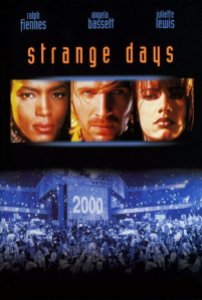 One might assume that a film set at the dawn of the new millennium and about the fear of Y2K might feel a hair dated. But while that aspect does, “Strange Days” touches on a subject that’s been more than prevalent in 2015.
One might assume that a film set at the dawn of the new millennium and about the fear of Y2K might feel a hair dated. But while that aspect does, “Strange Days” touches on a subject that’s been more than prevalent in 2015.